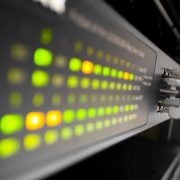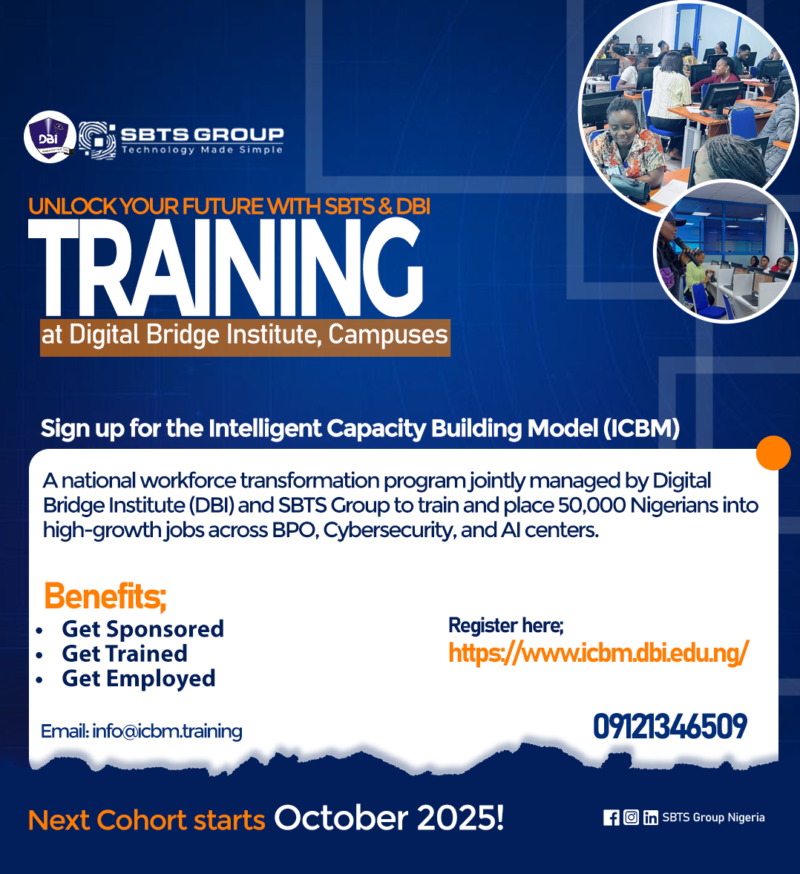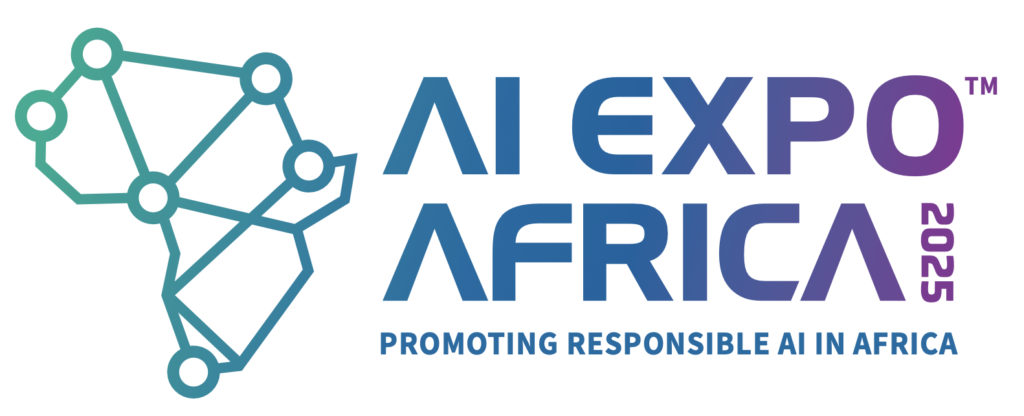By Louis Napoletani, Founder & CEO of Mottli
The AI industry continues to record strong traction globally and in all sectors. Recently, Google and Microsoft have set their combined AI investment budgets at USD 155 billion this year, representing nearly half of the USD 320 billion that Big Tech is expected to allocate to artificial intelligence by 2025.
RELATED: Asia’s AI industry to surge 351%, reaching nearly $300b by 2030
In the same vein, IBM has unveiled an ambitious plan to invest USD 150 billion in the United States over the next five years, focusing on generative AI, mainframes, and quantum computing. According to CEO Arvind Krishna, the company has already built a USD 6 billion portfolio in generative AI, and he believes the market for AI, mainframes, and quantum computing is both “robust and thriving.”
In this regard, Trump’s visit to the Middle East has also spurred large investment deals in AI. Amid the USD 600 billion commitment from Saudi Arabia, major US chip manufacturers have announced significant orders for their advanced technology. Similar deals with the UAE could also support growth in AI chips demand.
However, trade and macroeconomic risks could threaten the AI boom. Despite a recent agreement between the United States and China to temporarily reduce tariffs, trade tensions could re-emerge if negotiations experience a setback. If the deal collapses, tariffs on Chinese components could drive up the cost of data centre infrastructure, undermining the appeal of cloud and hardware investments.





























